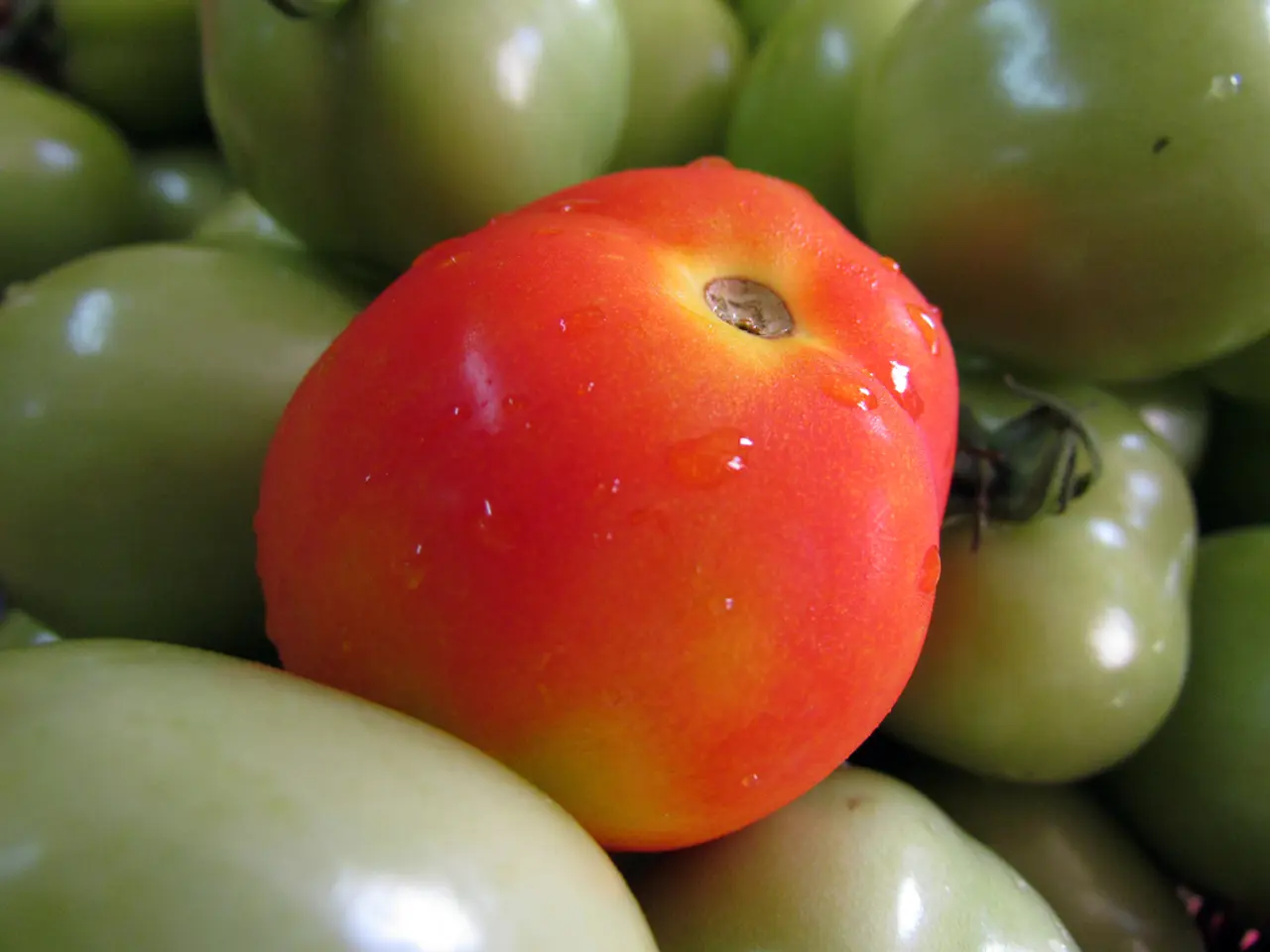Uneproductive Tomato Plant: Lack of Fruit Despite Forming Flowers - Understanding Why Your Tomato Plant Isn't Producing Tomatoes
In the vibrant world of gardening, growing tomatoes is a beloved pastime for many. However, these delightful fruits can be finicky, requiring careful attention to various factors to ensure a bountiful harvest. Here, we delve into the intricacies of growing heat-tolerant tomato varieties and provide tips for a successful crop.
Heat-set, hot-set, or heat-tolerant tomato varieties, such as Bella Rosa, Phoenix, Red Bounty, and Tribune, are ideal for those living in warmer climates. These varieties are capable of withstanding higher temperatures, making them perfect for the summer months.
Tomatoes are sensitive to changes in temperature, insufficient or excess irrigation, improper fertilization, and pollination. If the temperature rises too much (above 85 F or 29 C), tomato plants will fail to bloom and will not produce fruit. To combat this, consider providing shade during scorching afternoons by using a shade filtering cloth spread over tomato stakes.
Tomato plants require warm temperatures, between 65 to 70 F (18-21 C) during the day, and at least 55 F (13 C) at night, to set fruit. Early maturing varieties such as Early Girl can also be used to combat heat issues.
Factors causing tomato plants to suffer and drop flowers without fruit development include inconsistent watering (leading to stress), temperature extremes (too cold or too hot), nutrient deficiencies (especially calcium), poor light conditions, and soil issues such as inadequate nutrition or compaction. These conditions hinder proper growth and pollination, causing flower drop and fruit failure.
Phosphorus and potassium are necessary for fruit production, while nitrogen-rich fertilizer can result in a delay or decrease in flower production. Tomato plants should be spaced between 24 and 36 inches (60-90 cm) apart to prevent fruit loss and common tomato diseases.
Watering is crucial for tomato plants. Never water tomatoes from above with a hose or sprinkler. Instead, use a soaker hose or drip irrigation and water at the base of the plant early in the morning to reduce the incidence of disease.
Tomatoes need at least 8 hours of sun per day, and in hot regions, they can be grown in dappled shade. Cold, windy, or wet weather can limit bee activity, which helps pollination and encourages fruits to set.
Tomatoes can be pollinated by bees, wind, or even the gardener's movements. It's important to note that new blooms on tomato plants are only receptive to pollination during their first 50 hours. If temperatures drop below 55 F (13 C) at night or reach over 85 F (29 C) during the day, the bees won't visit or pollinate, causing blossom drop.
Lastly, it's worth mentioning that heirloom varieties of tomatoes are more prone to blossom drop than modern cultivars. By understanding these factors and taking the necessary precautions, you'll be well on your way to a thriving tomato garden.




